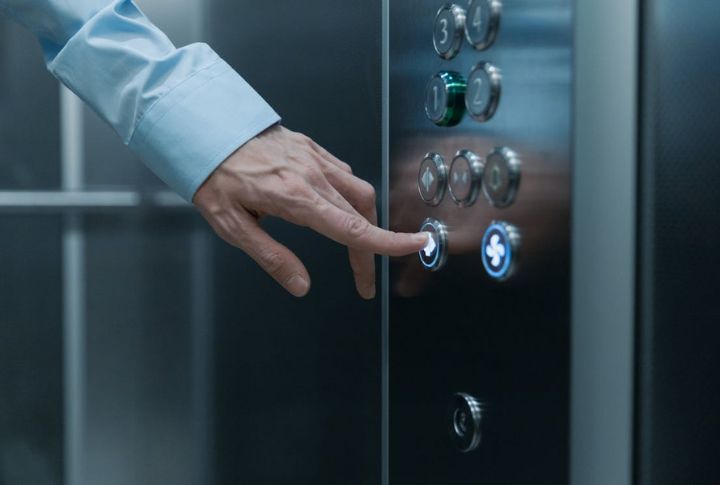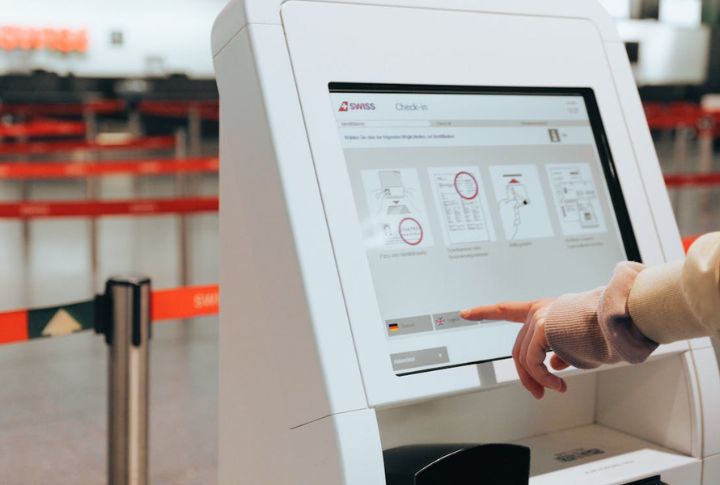
Your phone isn’t the only germ factory you’re carrying around. Everyday objects collect bacteria like they’re running some kind of microbial hotel, offering free accommodations to whatever germs show up. Nobody warns you about these contamination hotspots because they seem too ordinary to worry about. Let’s expose the usual suspects.
Gas Pump Handles

Gas pump handles are touched by countless drivers every day and are rarely disinfected, which allows germs and bodily residues like sweat or mucus to build up. Because these handles pass from one person to another nonstop, they become a major source of contamination, thereby making handwashing essential after pumping fuel.
Public Restroom Door Handles

Consider what happens at public restroom doors: someone uses the facilities, skips proper handwashing, then grabs the handle you’re about to touch. Maintenance teams seldom disinfect these surfaces between uses. From that single touch, harmful bacteria now sit on your hands, ready to spread wherever you touch next.
Shopping Cart Handles

Shopping cart handles pass through dozens of hands daily and accumulate bacteria, such as coliforms, from food packages. Stores stock disinfectant wipes near entrances for good reason. What most people don’t realize: those germs hitch a ride home on your hands, waiting to transfer onto everything you touch.
Elevator Buttons

Every person entering a building presses the same buttons, thereby creating a germ transfer chain that continues throughout the day. Maintenance crews focus on floors and handrails while buttons get ignored, despite being touched more frequently. With a simple hand wash, you can break that contamination cycle from whatever the previous hundred people left behind.
Public Touchscreen Kiosks

Self-service touchscreens accumulate germs at an alarming rate simply because they’re designed for constant public interaction. Whether you’re checking flight details or finding store locations, you’re touching surfaces that other people have already pressed. Regular cleaning by staff simply can’t keep pace with these usage levels.
ATM Keypads

Since countless people interact with ATM keypads daily, bacteria easily settle on them. Buttons can carry germs for extended periods without being wiped down. Handwashing afterward isn’t just smart; it’s the simplest way to keep everyday items from becoming germ carriers.
Shared Office Keyboards

Even when surfaces look spotless, shared keyboards hold traces from dozens of people. Oils and tiny particles accumulate unnoticed, which linger longer than you might expect. Every press becomes a silent handshake with germs, a reminder that cleanliness isn’t always visible, but it is definitely present.
Public Pens At Banks Or Service Counters

That pen at the service counter looks harmless, yet dozens of strangers touch it daily. Combined with money and documents, it becomes a magnet for germs. What feels routine can quietly spread microbes from one person to the next.
Shared Gym Equipment Handles

Your gym’s handles harbor more than you think. Viruses and sweat accumulate there from constant use by different people. Regular cleaning helps, but it doesn’t happen after every single person. Therefore, bringing your own towel to grip equipment creates a barrier between your skin and contaminated surfaces during each exercise.
Taxi Or Ride-Share Door Handles

Door handles in taxis and ride-shares are another common germ carriers that rarely get wiped down, even though countless passengers touch them every single day. Each person leaves behind a mixture of germs and contaminants from wherever they’ve been.

